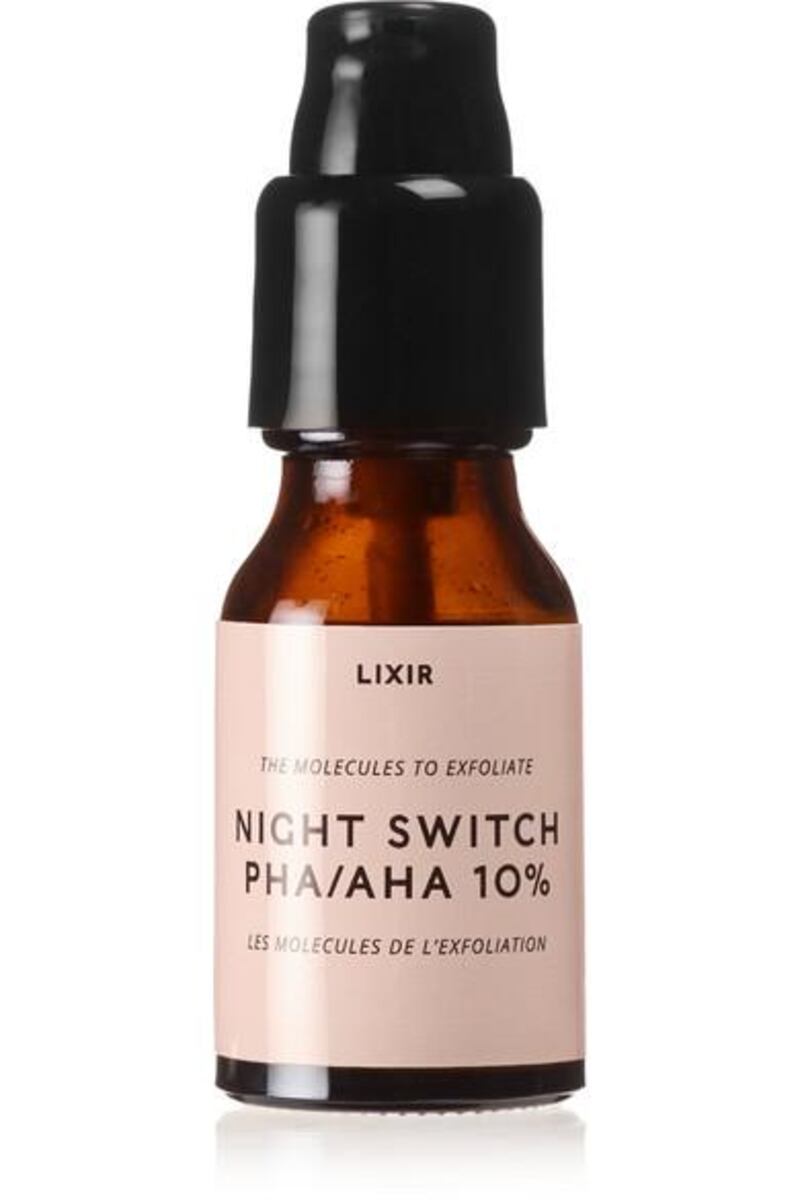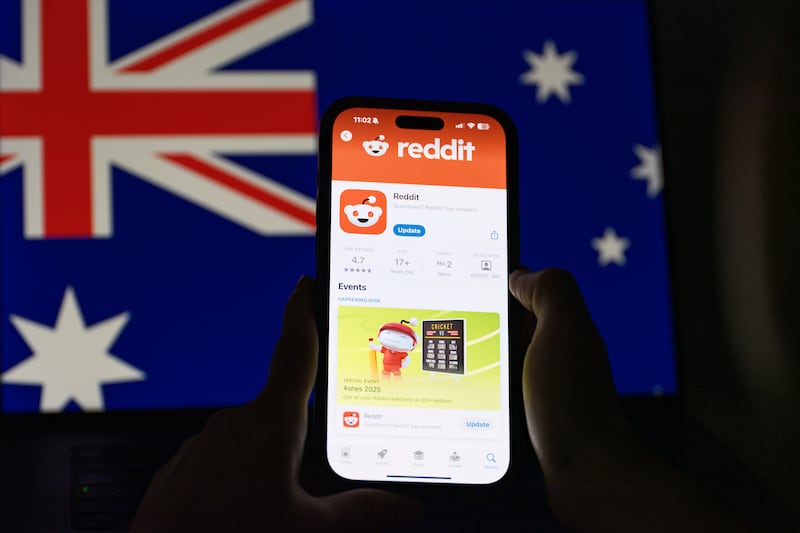Now and again I’m asked about the things I like doing in my spare time. Naturally I lie, making vague noises about, “theatre, hill-walking, catching the latest exhibition in Kilmainham”. The truth is that I like lying down, watching telly and – one of my greatest pleasures – exfoliating my face.
Cleaning my pores and banishing the top layer of scaly, dead skin, revealing the fresh, perky dermis beneath, gives me a robust sense of control over my life. In addition, exfoliating makes spendy serums and such-like more effective, because they’re reaching the skin that can actually utilise them. Because not even the most turbo-charged of serums can bring dead skin back to life.
In the olden days I used “physical’”exfoliators – scrubs containing fruit pits or beads. Some of these were good, some less so, causing tiny tears in the skin. But we need not concern ourselves with these today, because I am far more interested in the modern, lazy-arse option: the chemical exfoliator.

It comes in liquid form and generally works by splashing a swig on to a cotton wool pad, then sweeping it over the skin. No washing, no wiping, that’s it. Done. Takes a matter of seconds and if you do it two or three times a week, your skin will look cleaner, clearer and brighter. (Big scary warning: once you start using these, you’ll be needing an SPF.)
However, not all liquid exfoliators are created equal. Stand by for a quick chemistry lesson.
You’ve heard of AHAs, yes? Alpha-hydroxy acids? They hydrate the skin, they remove the “glue” that holds dead cells together and can fade age spots.
Now, BHAs? Beta-hydroxy acids. They’ve anti-bacterial properties. If you’re a martyr to acne, spots, blackheads and all the other woes that accompany oily skin, this is the boyo for you.
Another warning: Both AHAs and BHAs belong to the GFE category of products (so go easy). They can cause tingling, stinging and, sometimes, a burning sensation. I enjoy the tingling or stinging. That shows it’s working. The burning feeling, though, not so much.
These properties mean people with sensitive skin or conditions such as rosacea, dermatitis and psoriasis haven’t been able for these acids. But now there’s a new chemical exfoliator: all hail polyhydroxy acid. The molecules are larger than those in AHAs or BHAs, so they penetrate the skin at a slower rate, causing far less irritation.
For the past month I’ve been using LixirSkin’s Night Switch PHA/AHA 10% and loving its work. A blend of three acids, you add one drop to your nightcream. (Note. Apparently it should be added to LixirSkin’s Universal Emulsion but I was so excited making my purchase that I didn’t notice. So I used my ordinary nightcream with “no ill effects”.) There’s been feck-all tingling but the same fresh-faced clarity that I’ve come to love.
Available from net-a-porter, €24. (The Universal Emulsion costs €36 if you’re interested.)

















